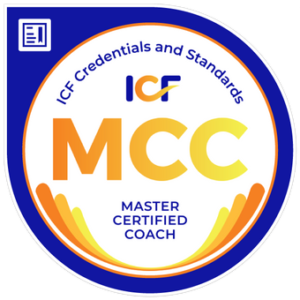
As the first official Gallup-certified strengths coach, I am in tune with employee engagement and have been trained in how to drive an engaged workspace culture. Research shows that engaged employees are 17% more productive than their peers. But what is engagement, how can we measure it, and how can we build engagement in our organization.
Gallup defines employee engagement as the involvement and enthusiasm of employees in their work and workplace. It measures and helps you to manage employees’ perspectives on the crucial elements of your workplace culture. It can help to evaluate productivity, emotional commitment, creativity, and the investment of the employee in the workplace.
There are 3 major terms we use when describing engagement: Engaged, not engaged, and actively disengaged.
An employee who is engaged is emotionally vested and committed to you and your organization. Only 13% of the workforce is considered engaged.
63% of employees are not engaged but may be satisfied in their work. This can be due to needing benefits or just an income to pay bills.
Actively disengage employees have problems with the organization or how it’s run and tend to talk bad behind the organization’s back. These employees are known to cause the drama. According to Gallup polls, 24% of employees are actively disengaged.
So, how do we measure engagement? Gallup’s Q-12 method is the best approach when working with a team. We use this assessment to measure engagement from 1 – 5. We then compare the engagement in your workplace with world class performances for engagement worldwide. Consider these 12 questions when evaluating engagement in the workplace:
I know what is expected of me at work.
I have the materials and equipment I need to do my work right.
At work I have the opportunity to do what I do best every day.
In the last 7 days, I have received recognition or praise for doing good work.
My supervisor or someone at work seems to care about me as a person.
There is someone at work who encourages my development.
At work my opinions seem to count.
The mission or purpose of my company makes me feel my job is important.
My associates or fellow employees are committed to doing quality work.
I have a best friend at work.
In the last 6 months someone has talked to me about my progress.
In the last year, I have had opportunities at work to learn and grow.
Engagement is a great tool used to help us understand how our employees view the organization. One effective tool is the CliftonStrengths assessment. When companies use Strengths in the training and development of their people, it shows that you are investing in them and what they do best.
If you are interested in creating a strategy for engagement with the use of Strengths within your organization let’s connect. Ask me anything HERE.
Image by Thirdman





